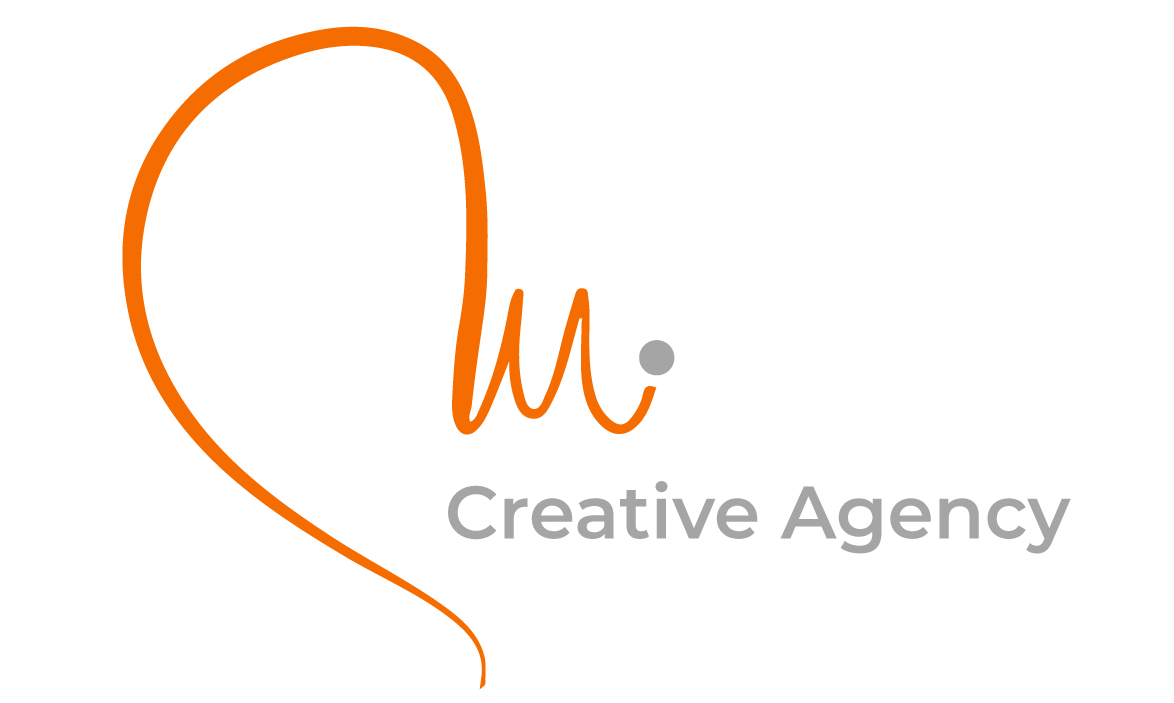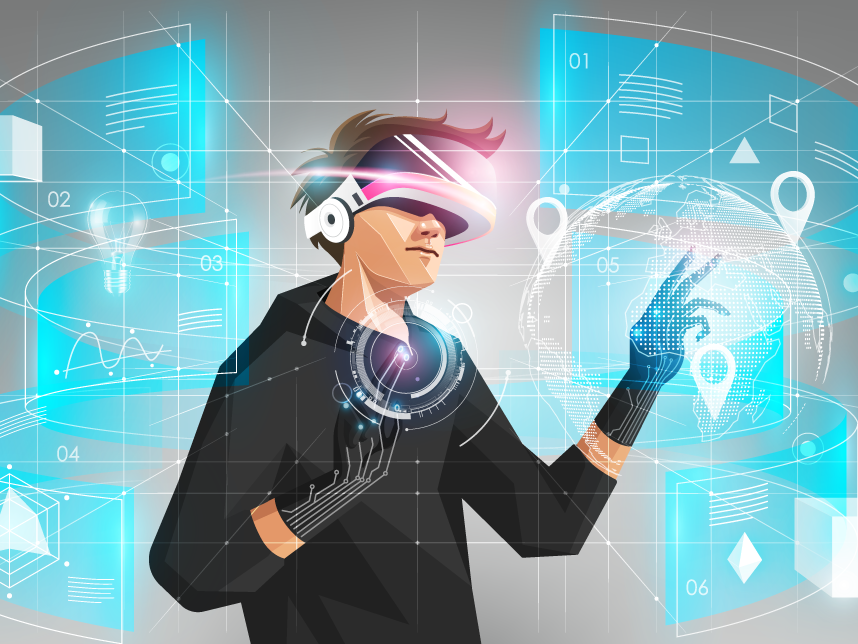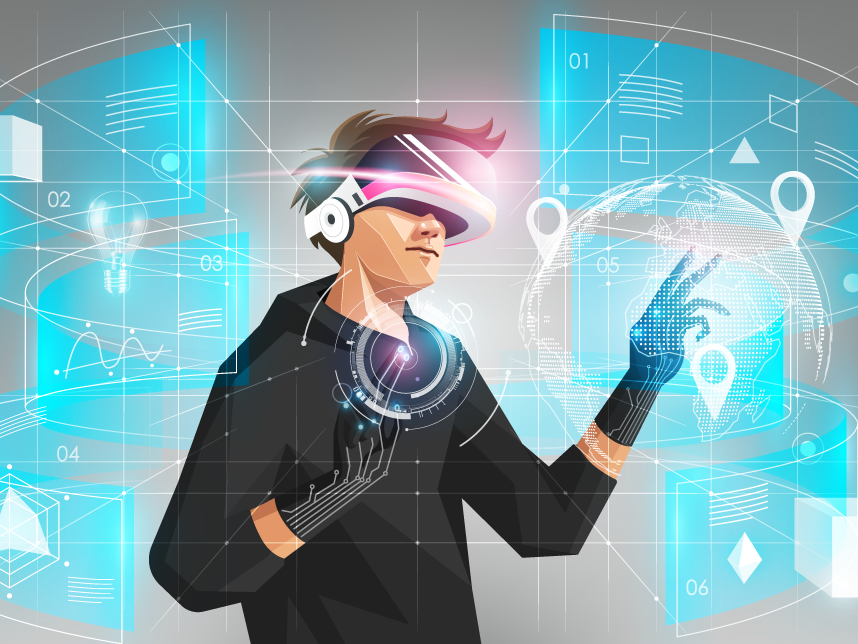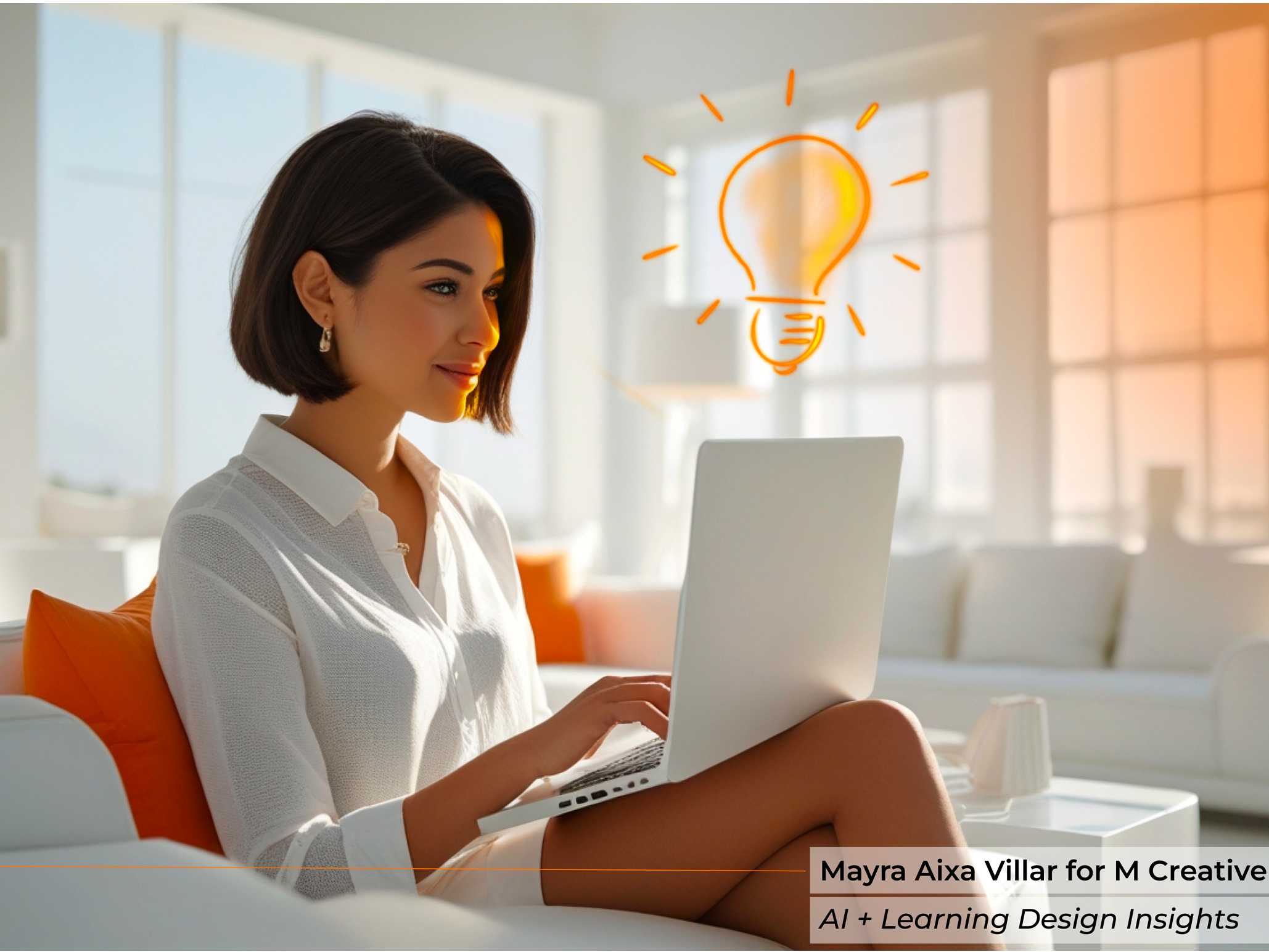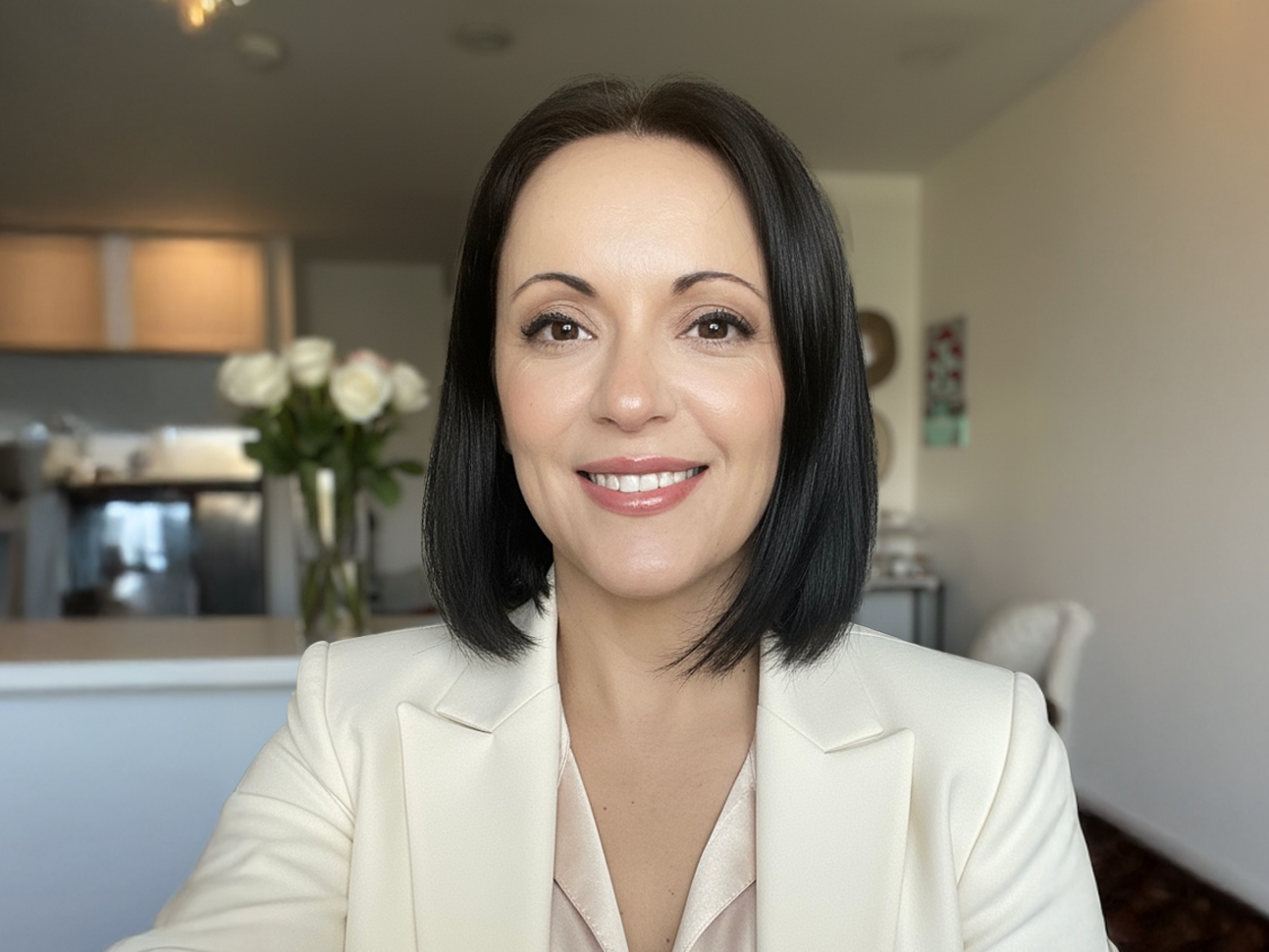How does creativity work? How can we engage in on-going creative process?
As a designer, creativity is an “ability” or a “trait” that many times I feel I need to show to the world.
So, for years I have tried to understand what creativity really means and have looked for ways to be more creative.
But it wasn’t until I accidentally came across a Netflix documentary that I understood how creativity works and how I can engage in an on-going creative process.
What is creativity anyway?
For many people, creativity is the process through which you turn ideas into reality. It may also seem a spontaneous act of creating something completely new from scratch, or coming up with solutions that nobody thought could be possible before.
But creativity doesn’t happen in isolation. It is a combination of influences, experiences, and ideas that lead to that new instance of something that already existed in our minds.
According to David Eagleman, a neuroscientist and writer of The Creative Brain, “the neural connections are the base of our creativity.”
Creativity is about creating something new but this newness comes from a mixture of different inputs, concepts and skills that allow us to understand the world in a unique way and also, act upon it in a unique way.
Diversification stimulates creativity
One of the stories featured in The Creative Brain is about Nathan Myhrvold’s journey across different fields. Nathan can be considered one of the smartest inventors due to his discoveries in physics, energy and cooking. He invented a nuclear reactor, writes cook books and researches about dinosaurs and asteroids.
Does this make him less expert than someone who would only focus on one of these fields? Absolutely not. He exceeds in each of these fields and has been able to make groundbreaking contributions thanks to different influences and inputs that have formed his way of thinking and creating solutions.
Myhrvold believes that “creativity is to take an idea from one place and apply it into a different place in a new way.”
This story was particularly inspiring to me. Many times, I’ve been told to focus on only one thing, to master only one tool, to find a specific niche. But I have always wondered: what if I don’t want to stick to just one thing?
I think that being focused is important but diversifying your education and skill set is really important too. For me, to expand my knowledge means to be able to act as a communication nexus between very diverse teams and people from multiple disciplines and also, identity solutions from a broader array of possibilities. And I am sure I wouldn’t be able to do that if I had stuck to only one thing.
A space for creativity
Your brain will always look for the easiest path, for the familiar processes and well-rehearsed routines. Humans love creating and sticking to habits because that makes us feel safe.
But to ignite creativity you need to go into the opposite direction. You need to challenge yourself to explore the unknown.
And to do that, you need to be able to embrace failure, frustration, and uncertainty. These feelings are inevitable during any learning process.
However, you can start with small steps to find a balance between what you know and what is new. For example, by harnessing your existing knowledge and skills, you can try to do something you have never done before. Or you can add a new tool to your toolkit, experiment with different materials, try a new technique. It can be the beginning of an unexpected creative journey.
This is what I call an idea booster environment or routine. Every day, I devote some time to absorb as much visual input as I can. Though a book outside my field, a visit to a museum or the analysis of pieces from different design fields, I try to expand my capacity to make connections, find new patterns and then apply those insights into my work.
Key takeaways to ignite creativity:
Explore different fields, even when these fields seem completely unrelated to your daily work. Stay alert to insights and connections that are not so obvious at first sight.
Try to challenge yourself to do things in a different way or learn new tools and skills. This can stimulate different parts of your brain and help you analyze problems from different perspectives.
Create an idea booster environment and routine by adding books, classes and interesting leisure activities to your schedule. Do not limit yourself to what is familiar to you.
Devote time for experimentation but be intentional in the type of stimuli you select for this experimentation. At the end of the day, the quality of these inputs will guide the outcome of your creative process.
Conclusion
Every person has the potential to be creative by being a doer, an eternal learner and an explorer. By paying attention to a world of learning opportunities and combining previous existing experiences you can expand your ability to come up with innovative solutions and even, make a major breakthrough. 😊
Thank you so much for reading my first post here! Please share your thoughts below.
